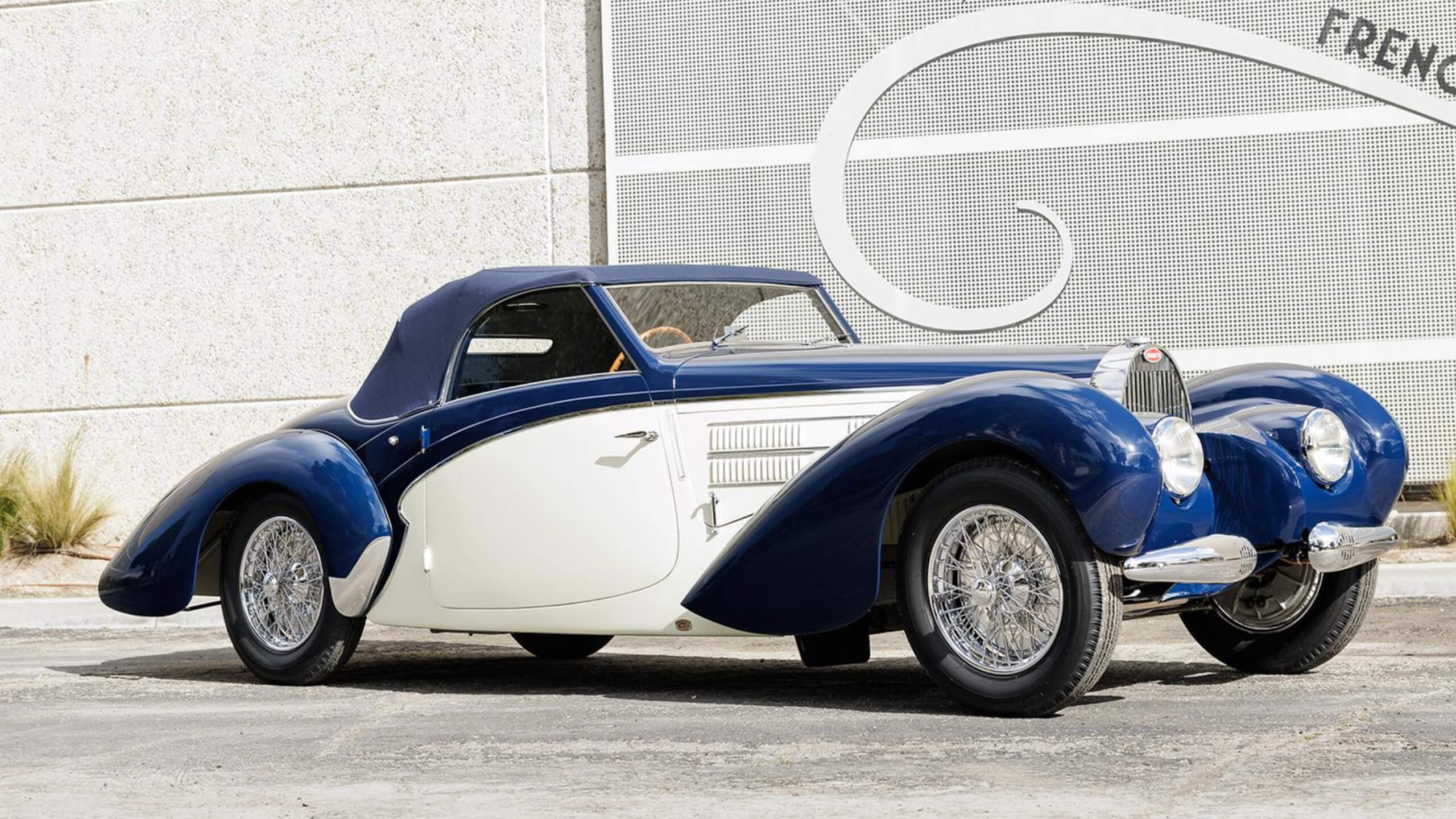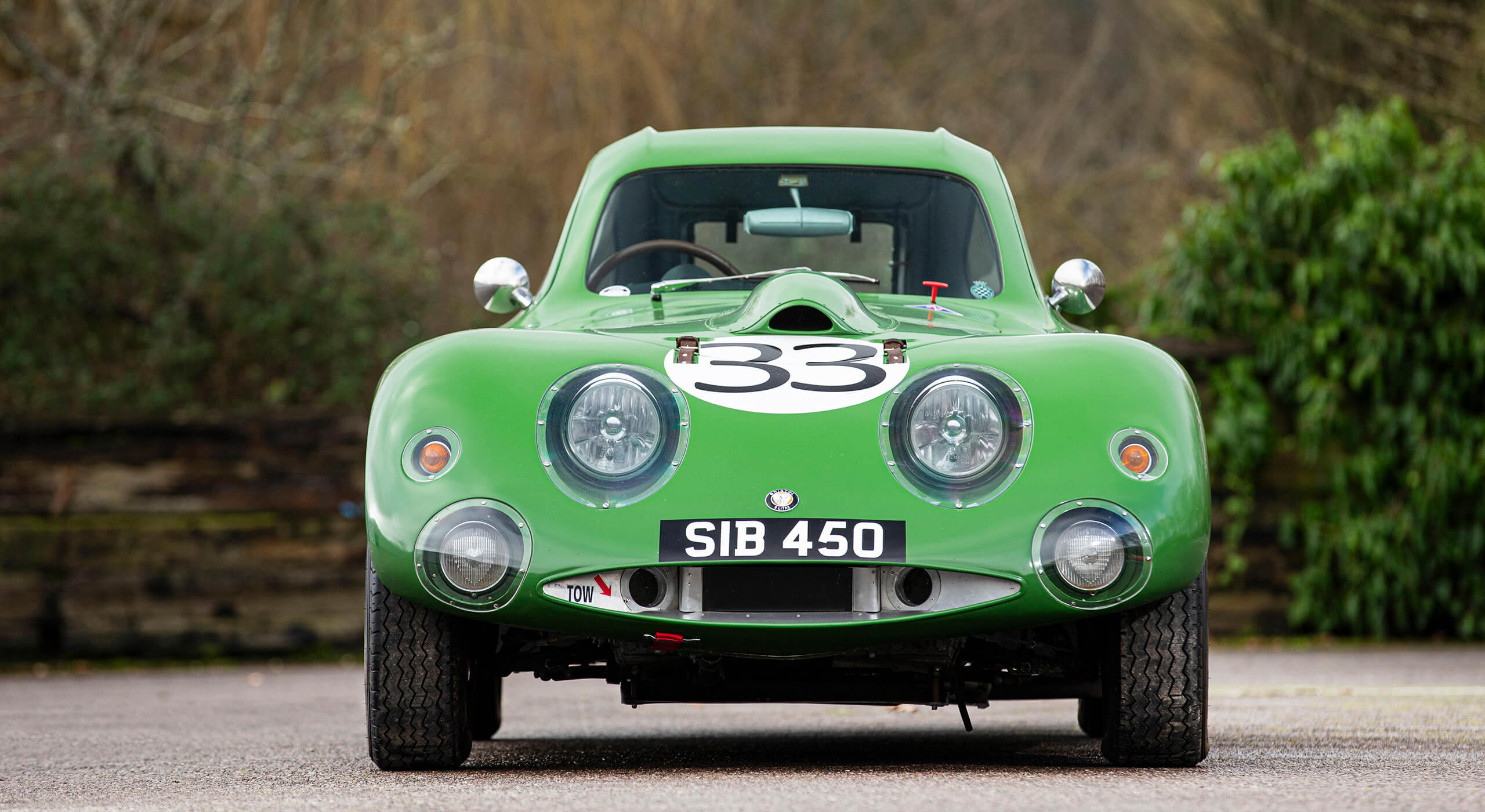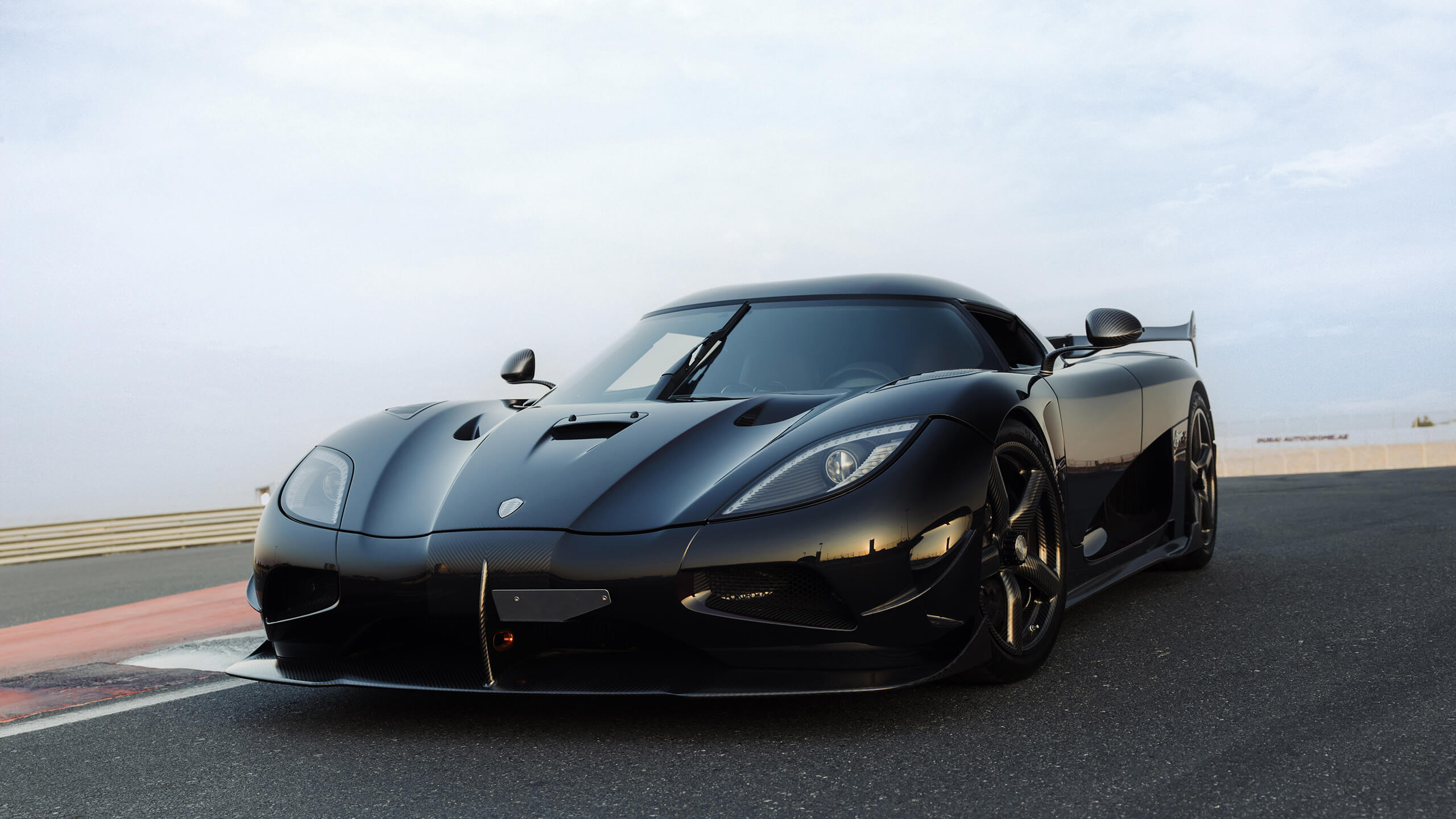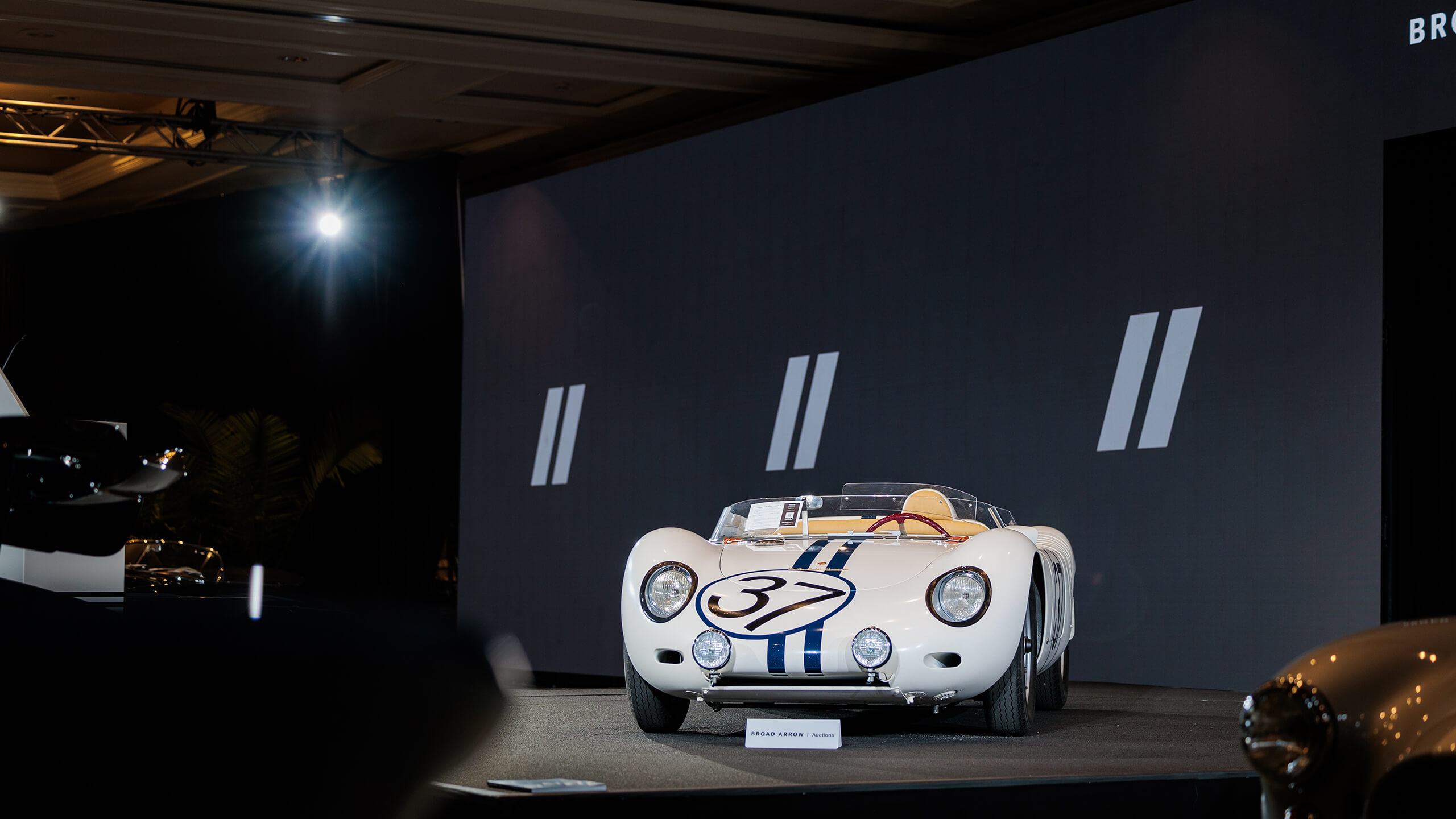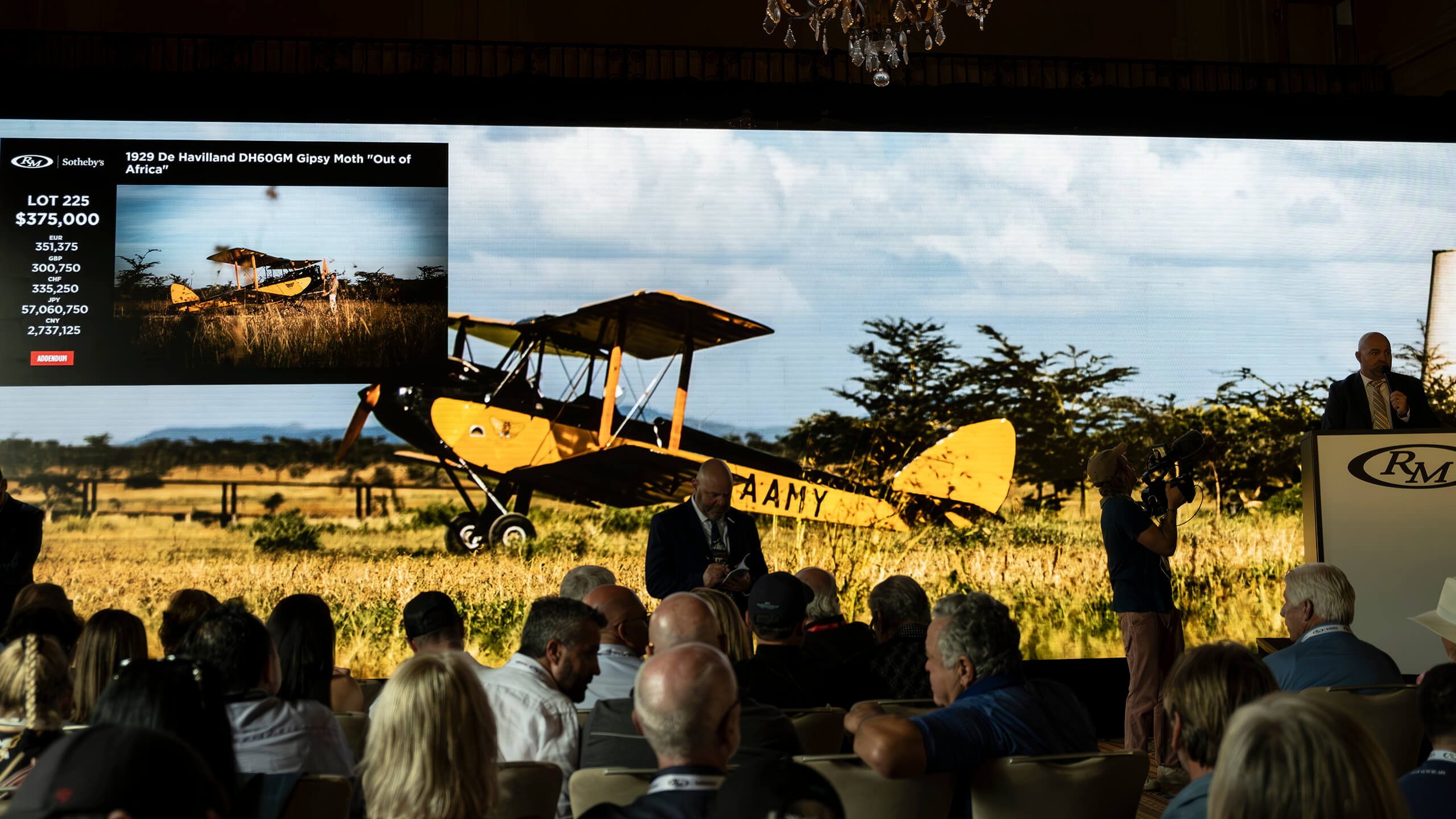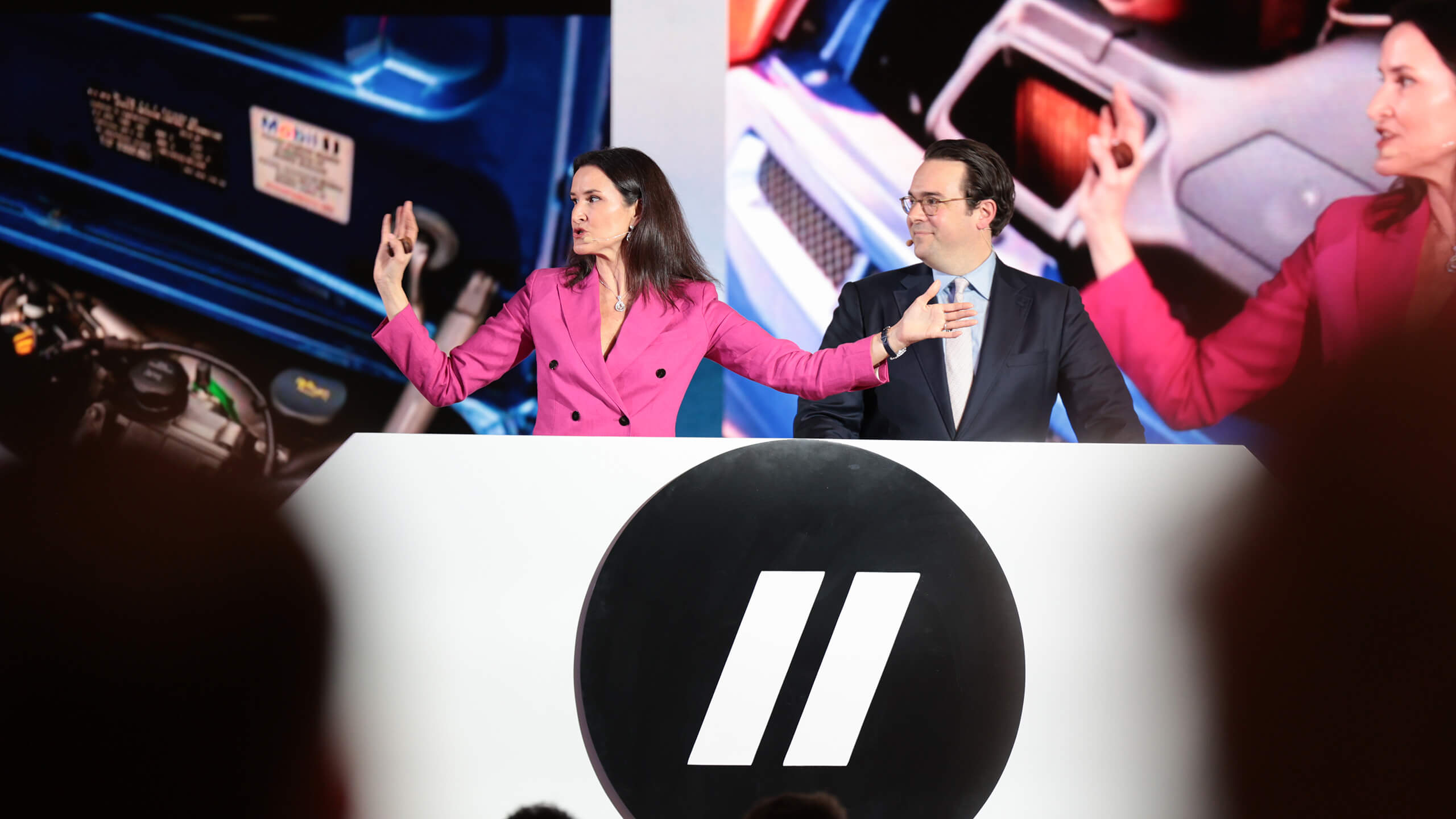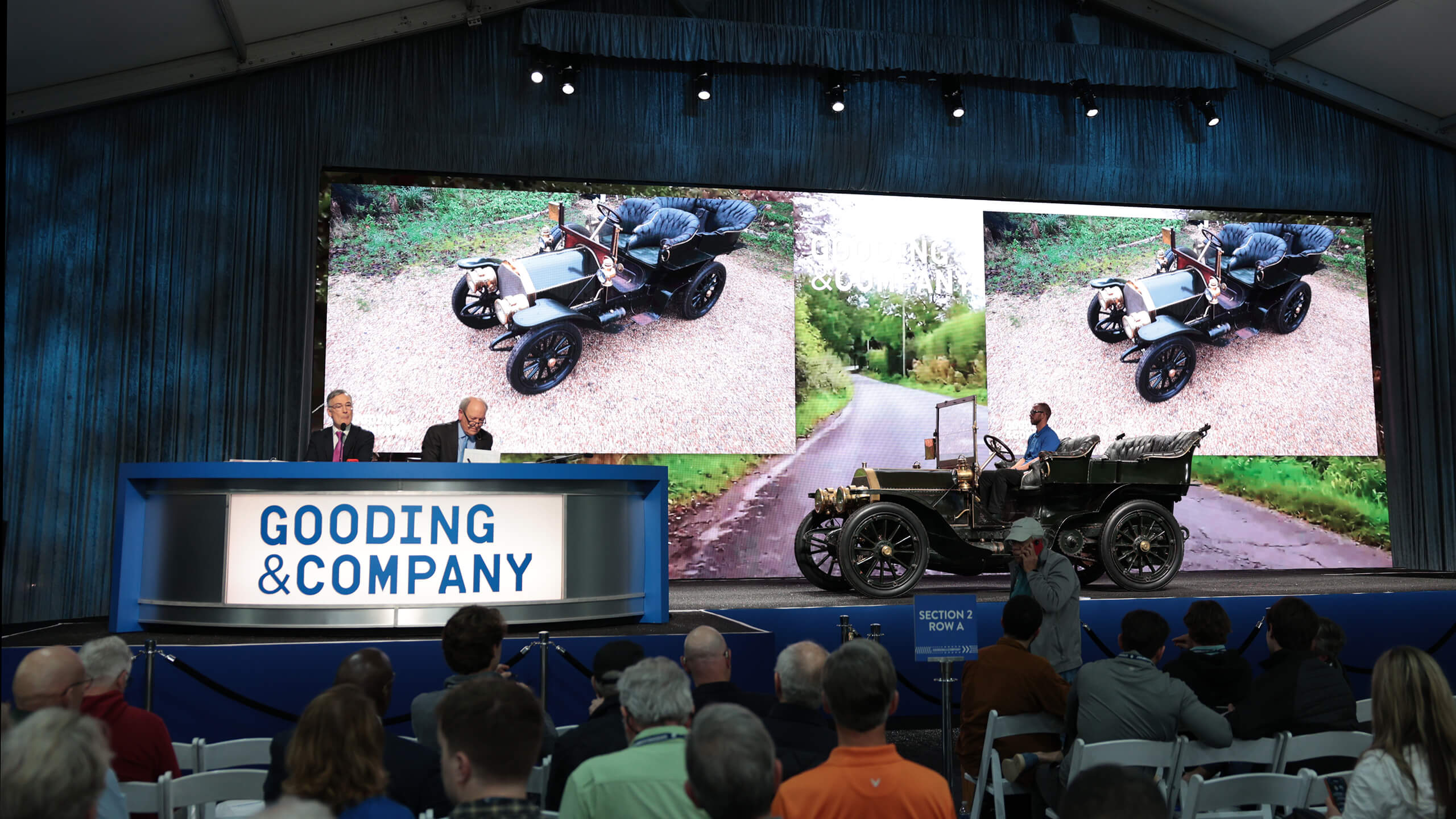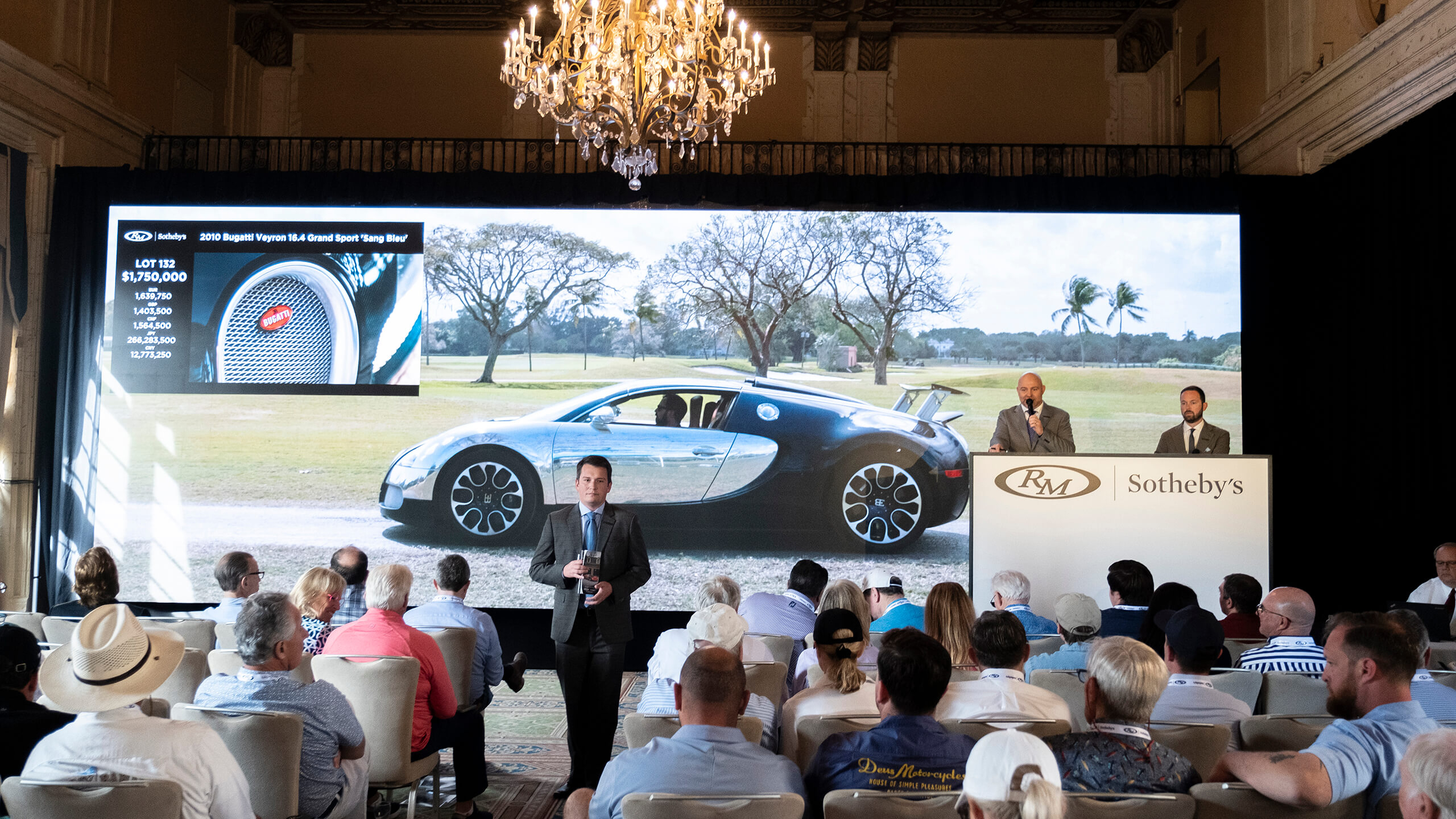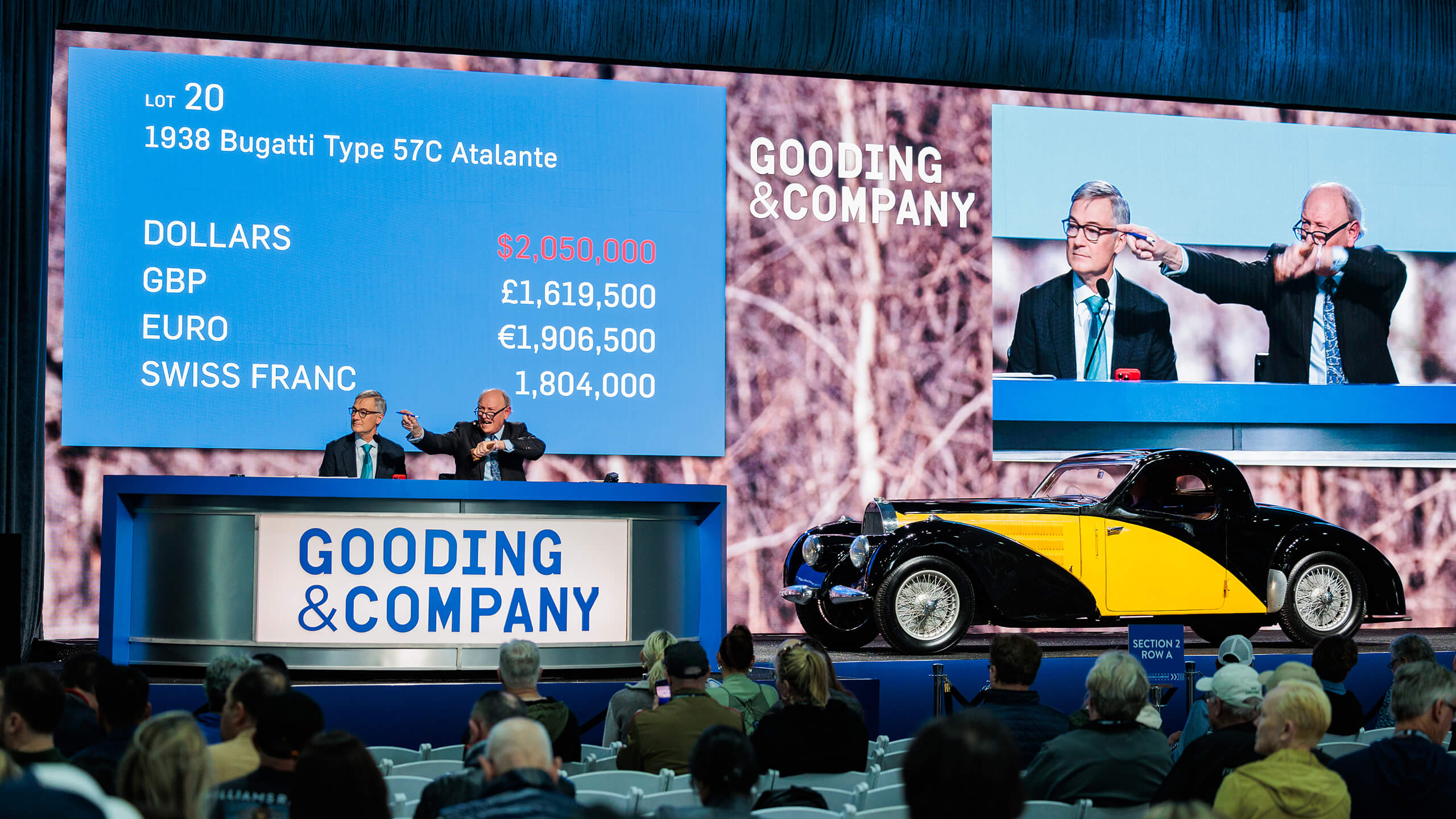Test Drive: Ferrari 365 GT4 BB
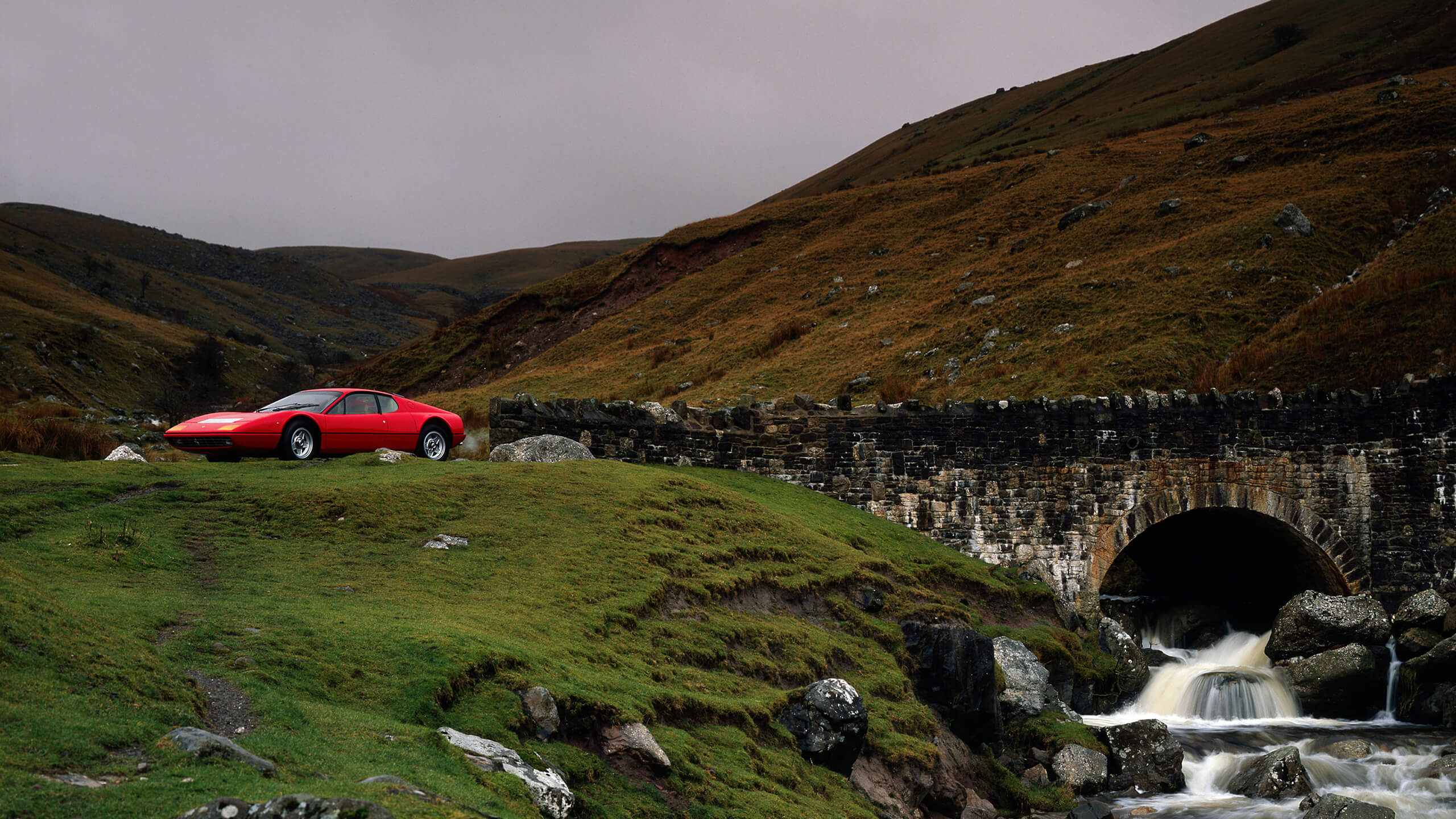
If, among the greatest supercars of the ’70s, the Lamborghini Countach LP400 had the finest chassis, writes legendary road tester Mel Nichols, the Ferrari 365 GT4 BB had the most captivating engine.
That flat-12 had divine inspiration: Ferrari’s engine boss Dr Ing Giuliano de Angelis copied the all-conquering F1 3.0-litre boxer engine’s design, while increasing the capacity to 4390cc to utilise components such as pistons and con rods from the Daytona’s V12.
He and design and development boss Dr Ing Angelo Bellei had looked at using a transverse V12 for Ferrari’s first full-sized mid-engined GT. But they loved the flat-12’s power and reliability. “We all agreed on the boxer engine’s benefits, especially for a low tail and better rear vision,” he told me. “We knew it meant certain problems – a lot of weight well towards the rear – but we felt we could beat them with careful development.”
The benefits that the Berlinetta Boxer’s 387 buyers duly enjoyed started with the flat-12’s sound. First, the fierce F1-like bark when it started. Then, with revs, an awesome wail, more guttural than most V12s’. Spine-tingling wasn’t the half of it.
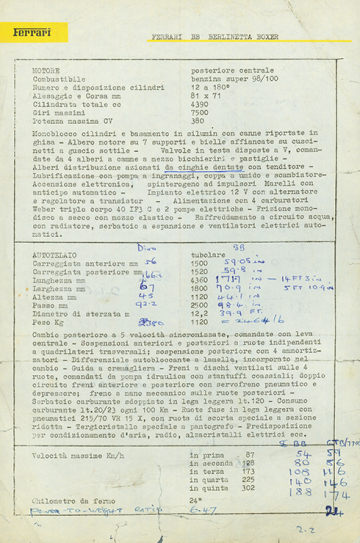
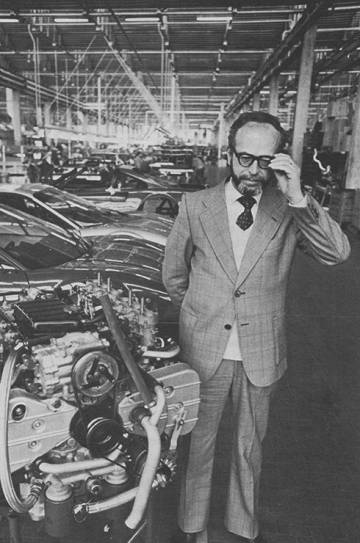
There was power, yes – 360HP at 7,000rpm – but prodigious flexibility too: the Boxer’s 311lb ft torque peak was slightly less than the Daytona V12’s but developed 1,000rpm lower. From 3,000rpm, the push in your back multiplied until the tachometer’s redline forced you to back off at 7,750rpm.
The nose was lifting high then; the noise a magnificent bellow. A (hefty) dab of the clutch, a tiny movement of the forearm and the lever was across into second in a flash, the revs solidly in the power band at 5,400rpm, with the ratios harmonising for smooth changes and no disruption of the surge forward. It continued like that in all the gears. The BB I drove in 1975 hit 60mph in 5.3 seconds and 100 in 11.3. Maranello Concessionaires said it was, ahem, “an extremely good example”. Ten to 14mpg, by the way.
But if the BB’s engine was sovereign, and Dr Ing Bellei’s engineers delivered a pliant ride (via upper and lower wishbones both ends but with twin coil/damper units at the rear to cope with the engine’s weight), they didn’t quite eradicate the problems.
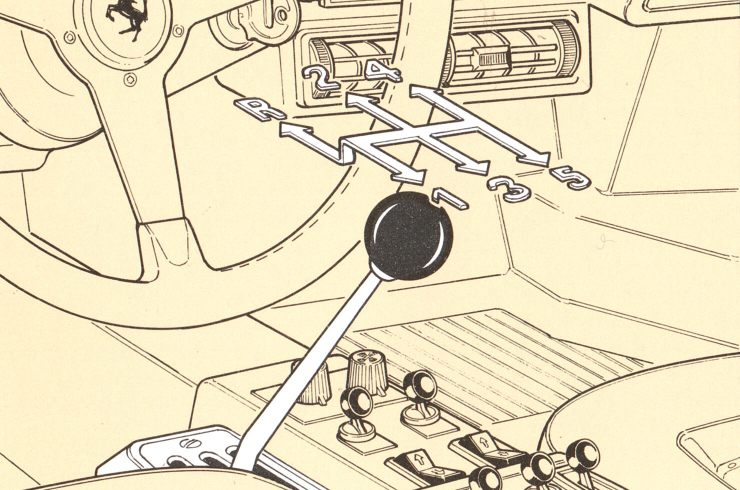
On flowing roads the BB was rhythmic, swinging pleasurably from lock to lock thanks to its light and smooth steering. But it got challenging when you used too much of the performance. A slight rise in a bend could push the nose into sudden understeer that demanded abrupt throttle shutdown, and bumps could induce such upset that the tail snapped out, testing your reflexes and courage; the weight, with the engine above the gearbox, in a wayward Boxer’s tail meant it wasn’t easy to catch.
So best to blast between bends and enter them slowly (relatively speaking). Go around in a nudge of understeer, gradually opening the long-travel throttle to tighten the line and maintain a pleasing balance. At the exit, let it all go and grin with delight as that masterpiece of 180-degree engineering whooped out its power to squat the tail, lift the nose and press you into the seat. The Boxer, like that, was magnificent; and you could own it for the pleasure of its engine alone, and the big-hearted, relentless character it imparted. The good doctors were right about that.
Mel Nichols’s story about visiting Maranello and talking to Enzo Ferrari at the time of the 365 GT4 BB’s development is in his book And The Revs Keep Rising.
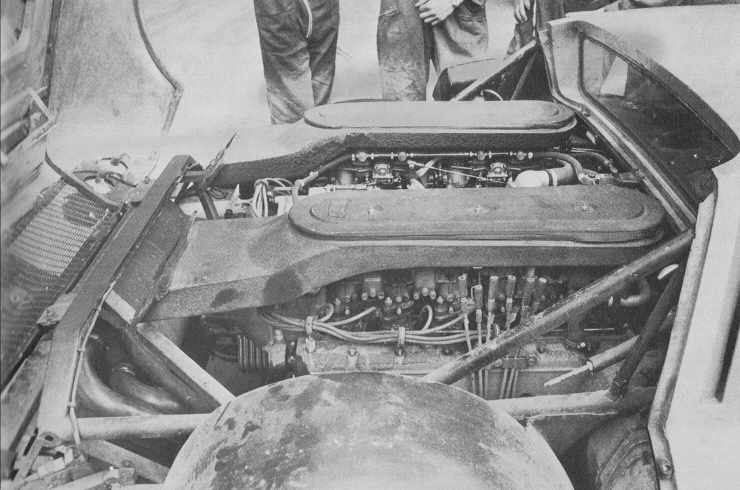
K500 subscribers can find market information on the Ferrari 365 GT4 BB HERE.
DK Engineering’s James Cottingham offers the following advice:
“I’ve always been a big fan of the first Boxer. It was a delayed response to the Miura, but certainly worth the wait. After the Daytona, the new car launched in 1974 was much more modern and its 512 successor was to stay in production until 1985 – pretty amazing when you think of the Daytona (1968-1973) and 275 GTB/4 (1966-1968).
“Of the BBs, the 365 is the pick of the bunch. Rarity, simplicity of line, the pair of triple exhaust pipes – all make the first Boxer the one to have. And they are tremendously undervalued compared to the Miura. You can probably buy a 365 today for the same price as a 512; they should really be 25% more, and are often less than an excellent Euro-spec Dino.
“As always, people prefer the funny 1970s colour palette. A fair number were red but other shades trade at a premium, much as with Dinos. And speaking of which, at £300k to £400k for a complete restoration, it’s no more expensive to restore, though will cost more to maintain, with an extra six cylinders and engine-out service every three years. Buying a car that’s been ‘done’ is the way to go: you can get a very good 365 now for around £350k.”
See dkeng.co.uk
The Ferraristi Svezia - now Ferrari Club Sweden - travelled to Maranello and Modena as the 365 BB entered production. This charming period film (there's no sound) tells the story of a long-lost age. There's even a brief glimpse of Enzo himself, on his way to the Ristorante Cavallino for lunch...
Top photo by Mervyn Franklyn, Strictly Copyright / others supplied by the author


